Exploring the Top 50 Breweries
Is the business of craft brewing now more of an established industry than a movement?…
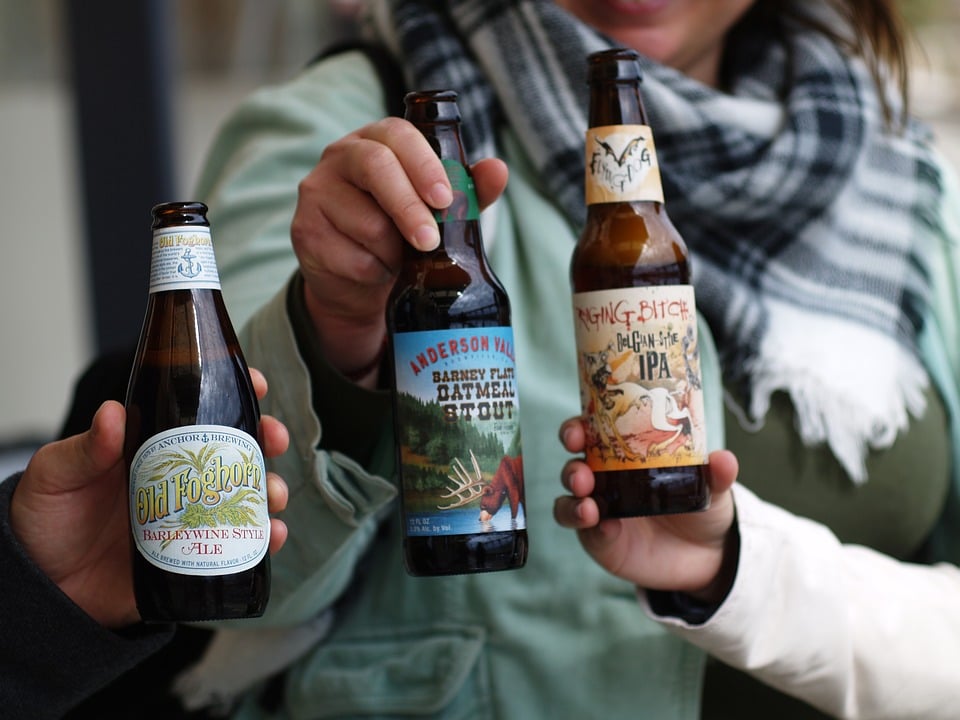
Is the business of craft brewing now more of an established industry than a movement? For the last two decades, flavorful beer purveyed by relatively small brewers has changed the social landscape and no end to growth appeared in sight. But the production of beer by the Top 50 craft breweries, as designated by the Brewers Association, declined in 2018.
Here’s a good example of the maturing of the BA’s craft beer segment. Ninkasi Brewing produced about 1,000 fewer barrels last year than in 2017 – and it jumped up three positions in the Top 50 rankings. Wachusett Brewing grew by a modest 5,000 barrels and jumped up six positions. According to the BA, the category of those brewing more than 60,000 barrels of beer – which encompasses the Top 50 – saw overall production drop by 1.8 percent in 2018.
This year’s numbers represent the “new normal” according to BA officers, who are always trying to manage expectations about key statistics for their membership. But is this really something else – a big, flashing WARNING SIGN replete with sirens? Is craft brewing now settling into an industry that manages its relatively small annual growth or decline in an established footprint – much like the macro brewers do in a much bigger footprint?
It goes deeper than just the big boys and girls of craft brewing. According to the BA, ninety percent of brewers finished 2018 within 1,000 barrels of production compared to 2017 – a telling statistic of a maturing industry. The May issue of the BA’s in-house publication New Brewer will document actual barrelage, as usual, but the analysis of the organization’s Top 50 list, released in March, confirms a static pattern.
Of the Top 50 brewers in 2018, only two companies in the Top 25 moved up or down by more than one position. Those companies were Artisanal Brewing Ventures, which gained three positions to move up to the 11th largest brewer on the BA’s list, and Minhas Craft Brewing, which dropped two positions.
To take another view, the Brewers Institute, the older, more established organization that represents all brewers, reported an overall decline in craft beer sales versus the four percent overall growth cited by the BA for its members. By contrast to the BA, the Institute tracks all brewers it considers craft, which includes those breweries now owned by the traditional macro breweries or the macros’ craft brands developed in-house, such as Coors-owned Blue Moon. (Only one BA-defined craft brewer, Avery Brewing, moved to the BI’s list in 2018 due to ownership of more than 25 percent by a macro brewer; Avery was ranked 50th by the BA in 2017.)
Other signs of craft brewing no longer being a movement include the demise of print publications on the subject of beer and the static nature of beer festivals, which increasingly are confined to the long-established and familiar gatherings.
On the other hand, there is a lot of dramatic growth going on “below the line.” For the sake of this discussion, that line is established by the number 50 brewery on the BA list, which in 2018 was a surprising entry given its previous success – Left Hand Brewing. According to the BA, most all of its overall growth of a relatively small four percent came from breweries with less than 15,000 barrels of annual capacity and resulted from the increase in sales of beers across the counter in tasting rooms.
![]()
Stone Brewing Co. is the 9th-largest craft brewery in the United States and the 18th biggest brewery overall in the U.S.
It’s important to remember the “from our back door” heroes such as Tree House and Trillium. Their volume doesn’t put them in the Top 50 of craft, yet, but their income surely ranks there due to their sales being direct to the consumer.
Well, what to do going forward? Can the BA’s craft brewers continue to take share from the macro beer drinkers in America who consume American Lagers like Bud Light, Coors Light, Miller Lite, Budweiser, etc.? Will craft brewers be able to slow an emerging trend toward Flavored Malt Beverages (FMB) and hard seltzers or so-called healthy lifestyle beers like Michelob Ultra? Or will they have to join that trend? Imported beers are again on the rise, especially Mexican Lagers. Spirits and wine increasingly compete vigorously with beer. Then there’s the wild card of cannabis beers in states where legal.
Overall, I would say the market share of domestically brewed, flavorful beer is probably close to 18 percent – including both the 13 percent claimed by the BA’s definition of craft and those brands owned by the macros. This latter group includes brands such as Founders, Lagunitas, Anchor, Elysian or Wicked Weed, which have been recently de-listed from the BA due to more than 25 percent ownership by a macro brewer. It also includes in-house macro brands such as Blue Moon, which technically has been the largest-selling “craft” – or flavorful – beer in America for quite some time.
This brings us back to the subject of movement versus industry. Is it possible that the long-established macro brewers (who have undoubted industrial strength) will do a better job of converting American premium lager drinkers of their own brands such as Bud, Miller and Coors to their more flavorful brands over time? Will a brand such as Founders, which moved up a notch on the list of all breweries to the 14th largest in America, become the cutting edge due to ownership and the resources of the Spanish brand Mahou San Miguel combined with American craft ingenuity?
Founders’ invention of the session IPA, for example, continues to carry the Michigan-based company across state borders and to new production highs. In addition, Founders has recently introduced an impressive lager, likely with an eye cocked on American premium lager drinkers.
This appears to be the road we’re on. Can the BA craft brewers do a better job of gaining market share from traditional American premium lager drinkers better than the craft brands owned by the macro brewers – while holding their own against the newcomer categories and imports? It’s a tough question because it appears that Mexican lagers, spearheaded by macro newcomer Constellation Brands, are doing exceedingly well in terms of percentage growth along with hard seltzers. In addition, the major BA craft brewers are increasingly having to devote themselves to fighting newer BA-identified brewers staking a claim to the same space.
I must admit my usual optimism about flavorful beer has taken a hit. Considering the fall of quite a few major BA craft brands recently, has the horizon for growth of what we all know as craft beer been over-estimated? Even Constellation Brands has now acknowledged the slowing growth of the once heady brand of Ballast Point by writing down roughly $200 million from the purchase price it paid for the California-based craft brewery of $1 billion in 2015. (This may be one case where an acquisition hit serious backlash from traditional craft drinkers against the brand, but more likely Constellation simply paid too much.)
It’s not yet a depressing situation in my view. But will the innovative, sometimes whacky, and always irreverent spirit of craft brewing be enough to keep a movement alive? Combined with a tighter-than-ever focus on execution, more attention to using the same tactics as macro brewers such as TV advertising, and fewer means of outreach to craft beer lovers such as magazines and beer festivals, will the traditional craft brewers be able to find new growth? Under this scenario, one or two percent growth or decline for a craft brewer could become an acceptable standard for whether it was a good year or bad.
There are still dramatic growth numbers in craft in all regions of the country. Brands like Tree House, Trillium, Rhinegeist, Modern Times, Georgetown, Scofflaw and Cigar City keep pushing the envelope when it comes to growth, invariably based on IPAs. Others can brew that style, too, and increasingly execution is the name of the game, one that may favor size and resources in the long run as much as innovation and flavor.
The full Top 50 craft breweries and brewing companies are below, courtesy of Brewers Association:
Top 50 Craft Brewing Companies
|
Rank |
Brewery Name |
City |
State |
|---|---|---|---|
|
1 |
D. G. Yuengling & Son Inc. |
Pottsville |
PA |
|
2 |
Boston Beer Co. |
Boston |
MA |
|
3 |
Sierra Nevada Brewing Co. |
Chico |
CA |
|
4 |
New Belgium Brewing Co. |
Fort Collins, San Francisco |
CO, CA |
|
5 |
Duvel Moortgat |
Paso Robles, Kansas City, Cooperstown |
CA, MO, NY |
|
6 |
Gambrinus |
San Antonio, Berkeley, Portland |
TX, CA, OR |
|
7 |
Bell’s Brewery Inc. |
Comstock |
MI |
|
8 |
CANarchy |
Longmont, Tampa, Salt Lake City, Comstock, Inglewood, Dallas |
CO, FL, UT, MI, CA, TX |
|
9 |
Stone Brewing Co. |
Escondido |
CA |
|
10 |
Deschutes Brewery |
Bend |
OR |
|
11 |
Artisanal Brewing Ventures |
Downingtown, Lakewood, Brooklyn |
PA, NY, NY |
|
12 |
Brooklyn Brewery |
Brooklyn |
NY |
|
13 |
Dogfish Head Craft Brewery |
Milton |
DE |
|
14 |
SweetWater Brewing Co. |
Atlanta |
GA |
|
15 |
Minhas Craft Brewery |
Monroe |
WI |
|
16 |
New Glarus Brewing Co. |
New Glarus |
WI |
|
17 |
Matt Brewing Co. |
Utica |
NY |
|
18 |
Harpoon Brewery |
Boston |
MA |
|
19 |
Alaskan Brewing Co. |
Juneau |
AK |
|
20 |
Great Lakes Brewing Co. |
Cleveland |
OH |
|
21 |
Abita Brewing Co. |
Abita Springs |
LA |
|
22 |
Stevens Point Brewery |
Stevens Point |
WI |
|
23 |
Odell Brewing Co. |
Fort Collins |
CO |
|
24 |
Summit Brewing Co. |
St. Paul |
MN |
|
25 |
August Schell Brewing Co. |
New Ulm |
MN |
|
26 |
21st Amendment Brewery |
Bay Area |
CA |
|
27 |
Troëgs Brewing Co. |
Hershey |
PA |
|
28 |
Rhinegeist Brewery |
Cincinnati |
OH |
|
29 |
Shipyard Brewing Co. |
Portland |
ME |
|
30 |
Allagash Brewing Co. |
Portland |
ME |
|
31 |
Long Trail Brewing Co. |
Bridgewater Corners |
VT |
|
32 |
Narragansett Brewing Co. |
Providence |
RI |
|
33 |
Flying Dog Brewery |
Frederick |
MD |
|
34 |
Surly Brewing Company |
Minneapolis |
MN |
|
35 |
Ninkasi Brewing Co. |
Eugene |
OR |
|
36 |
Rogue Ales |
Newport |
OR |
|
37 |
Gordon Biersch Brewing Co. |
San Jose |
CA |
|
38 |
Revolution Brewing |
Chicago |
IL |
|
39 |
Three Floyds Brewing Co. |
Munster |
IN |
|
40 |
Karl Strauss Brewing Co. |
San Diego |
CA |
|
41 |
Georgetown Brewing Co. |
Seattle |
WA |
|
42 |
Uinta Brewing Co. |
Salt Lake City |
UT |
|
43 |
Wachusett Brewing Co. |
Westminster |
MA |
|
44 |
Full Sail Brewing Co. |
Hood River |
OR |
|
45 |
Modern Times Beer |
San Diego |
CA |
|
46 |
North Coast Brewing Co. |
Fort Bragg |
CA |
|
47 |
Lost Coast Brewery |
Eureka |
CA |
|
48 |
Saint Arnold Brewing Co. |
Houston |
TX |
|
49 |
Bear Republic Brewing Co. |
Cloverdale |
CA |
|
50 |
Left Hand Brewing Company |
Longmont |
CO |
Top 50 Overall Brewing Companies
|
Rank |
Brewery Name |
City |
State |
|---|---|---|---|
|
|
|||
|
1 |
Anheuser-Busch Inc. (a) |
St. Louis |
MO |
|
2 |
MillerCoors (b) |
Chicago |
IL |
|
3 |
Constellation (c) |
Chicago |
IL |
|
4 |
Heineken (d) |
White Plains |
NY |
|
5 |
Pabst Brewing Co. (e) |
Los Angeles |
CA |
|
6 |
D. G. Yuengling & Son Inc. |
Pottsville |
PA |
|
7 |
Diageo (f) |
Norwalk |
CT |
|
8 |
FIFCO USA (g) |
Rochester |
NY |
|
9 |
Boston Beer Co. (h) |
Boston |
MA |
|
10 |
Sierra Nevada Brewing Co. |
Chico |
CA |
|
11 |
New Belgium Brewing Co. (i) |
Fort Collins |
CO |
|
12 |
Craft Brew Alliance (j) |
Portland |
OR |
|
13 |
Duvel Moortgat (k) |
Paso Robles, Kansas City, Cooperstown |
CA, MO, NY |
|
14 |
Founders Brewing Co. (l) |
Grand Rapids |
MI |
|
15 |
Gambrinus (m) |
San Antonio, Berkeley, Portland |
TX, CA, OR |
|
16 |
Bell’s Brewery Inc. (n) |
Comstock |
MI |
|
17 |
CANarchy (o) |
Longmont, Tampa, Salt Lake City, Comstock, Inglewood, Dallas |
CO, FL, UT, MI, CA, TX |
|
18 |
Stone Brewing Co. |
Escondido |
CA |
|
19 |
Deschutes Brewery |
Bend |
OR |
|
20 |
Artisanal Brewing Ventures (p) |
Downingtown, Lakewood, Brooklyn |
PA, NY, NY |
|
21 |
Brooklyn Brewery |
Brooklyn |
NY |
|
22 |
Dogfish Head Craft Brewery |
Milton |
DE |
|
23 |
SweetWater Brewing Co. |
Atlanta |
GA |
|
24 |
Minhas Craft Brewery (q) |
Monroe |
WI |
|
25 |
New Glarus Brewing Co. |
New Glarus |
WI |
|
26 |
Matt Brewing Co. (r) |
Utica |
NY |
|
27 |
Sapporo USA (s) |
La Crosse, San Francisco |
WI, CA |
|
28 |
Harpoon Brewery |
Boston |
MA |
|
29 |
Alaskan Brewing Co. |
Juneau |
AK |
|
30 |
Great Lakes Brewing Co. |
Cleveland |
OH |
|
31 |
Abita Brewing Co. |
Abita Springs |
LA |
|
32 |
Stevens Point Brewery (t) |
Stevens Point |
WI |
|
33 |
Odell Brewing Co. |
Fort Collins |
CO |
|
34 |
Summit Brewing Co. |
St. Paul |
MN |
|
35 |
August Schell Brewing Co. (u) |
New Ulm |
MN |
|
36 |
21st Amendment Brewery |
Bay Area |
CA |
|
37 |
Troëgs Brewing Co. |
Hershey |
PA |
|
38 |
Rhinegeist Brewery |
Cincinnati |
OH |
|
39 |
Shipyard Brewing Co. (v) |
Portland |
ME |
|
40 |
Allagash Brewing Co. |
Portland |
ME |
|
41 |
Long Trail Brewing Co. |
Bridgewater Corners |
VT |
|
42 |
Narragansett Brewing Co. |
Providence |
RI |
|
43 |
Flying Dog Brewery |
Frederick |
MD |
|
44 |
Surly Brewing Company |
Minneapolis |
MN |
|
45 |
Ninkasi Brewing Co. |
Eugene |
OR |
|
46 |
Rogue Ales |
Newport |
OR |
|
47 |
Gordon Biersch Brewing Co. |
San Jose |
CA |
|
48 |
Revolution Brewing |
Chicago |
IL |
|
49 |
Three Floyds Brewing Co. |
Munster |
IN |
|
50 |
Karl Strauss Brewing Co. |
San Diego |
CA |




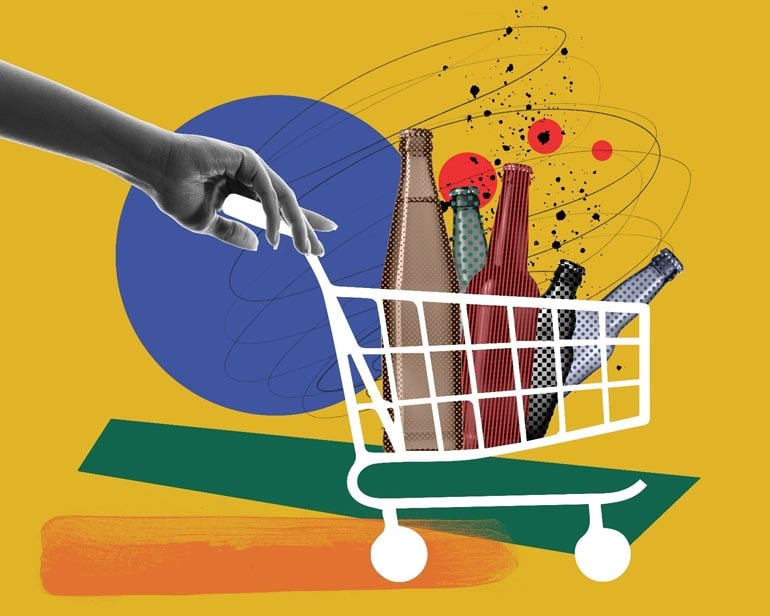


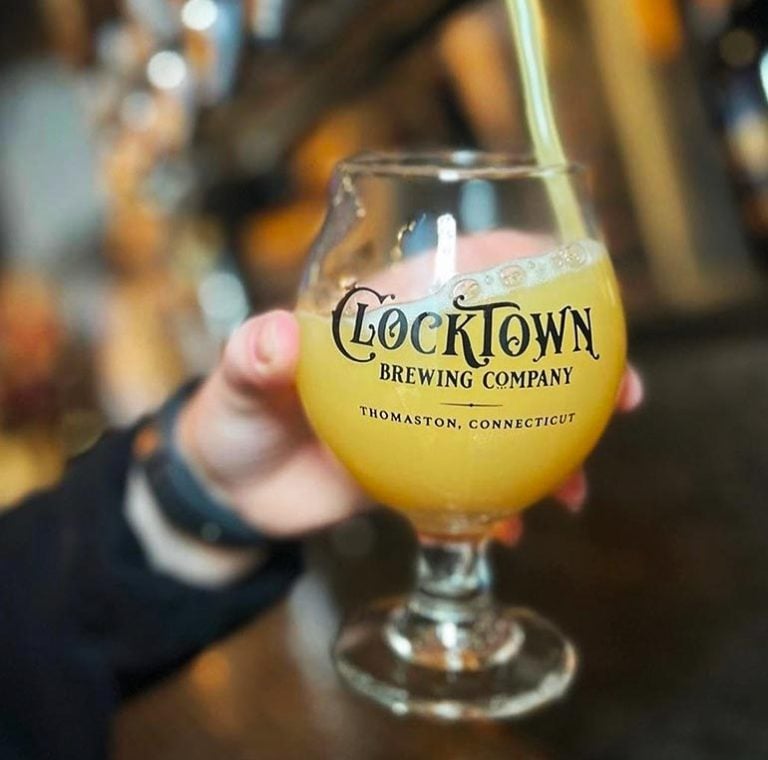



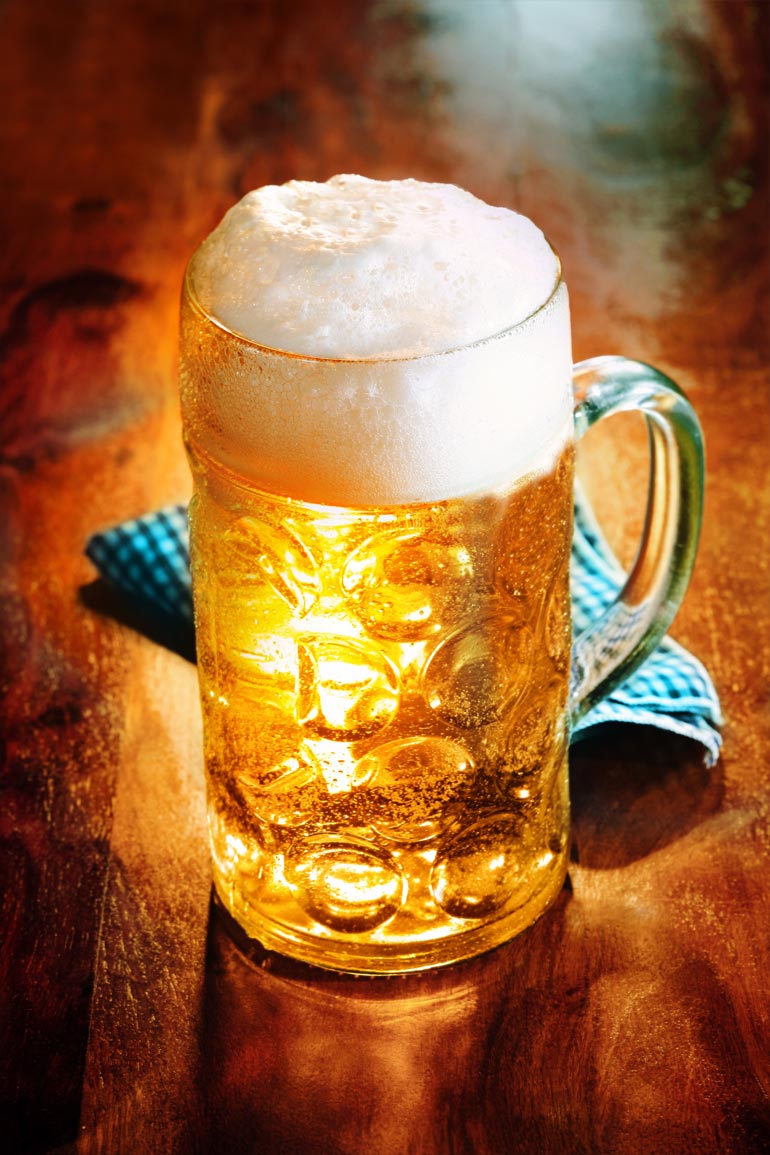
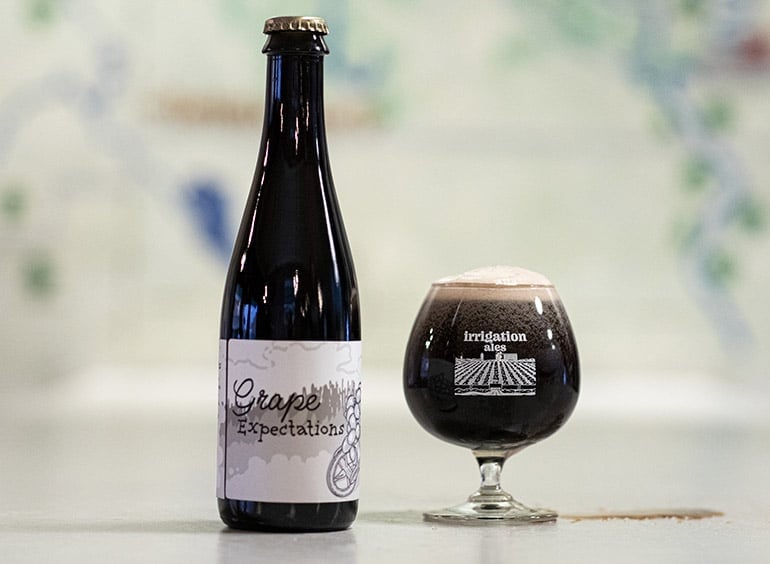
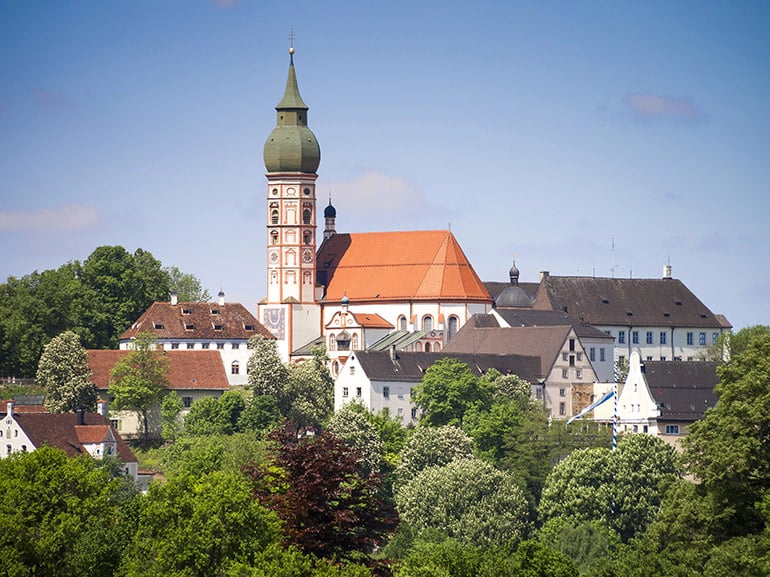


Comments 0
No Readers' Pick yet.